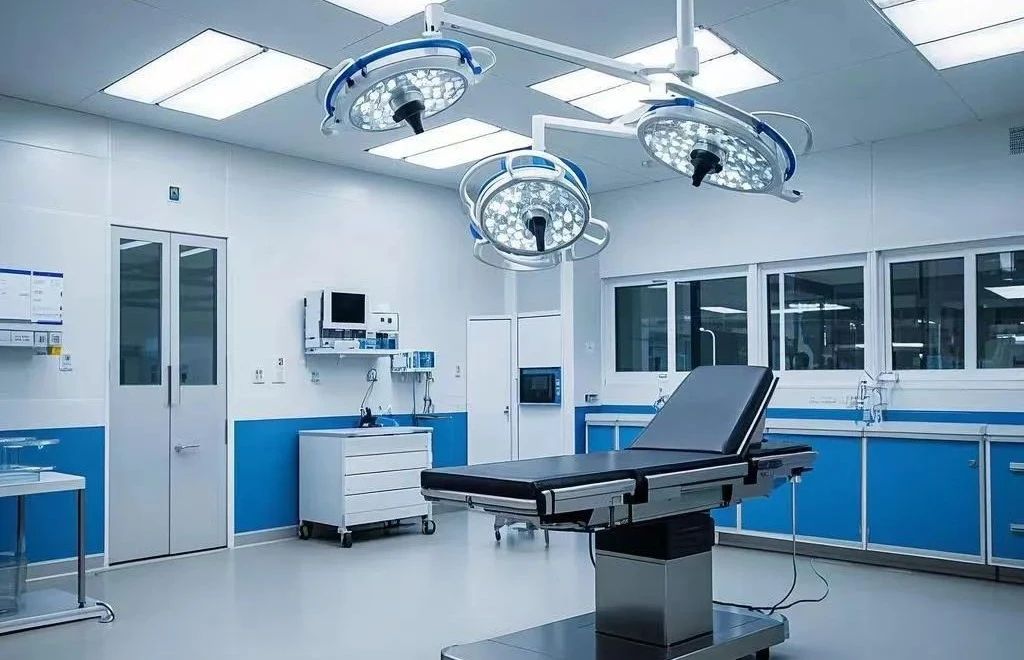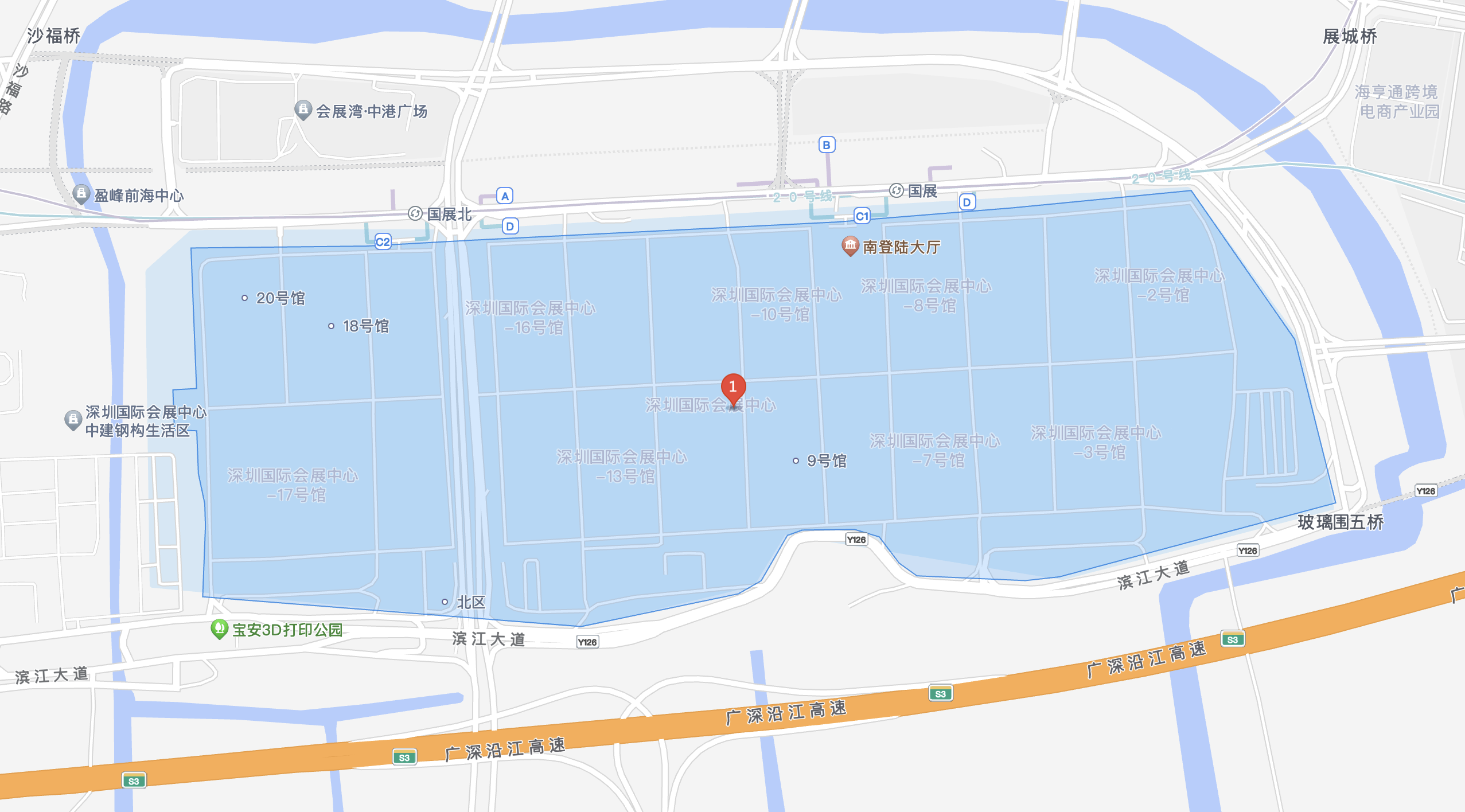With the continuous advancement of medical technology and the increasing level of hospital management, the operating room, as the core department of the hospital, has become the focus of hospital managers in terms of management efficiency and safety. In order to standardize the behavior of doctors in the operating room and improve management efficiency, at the end of last month, the First Affiliated Hospital of China Medical University issued a tender announcement for the procurement project of the operating room behavior management system (operating room of the Hunnan campus), announcing an investment of 3.23 million to introduce a large number of RFID equipment to create an advanced operating room behavior management system.
This system fully utilizes the advantages of RFID technology by integrating equipment such as smart shoe changing cabinets, smart shoe distribution machines, smart clothing collection and shoe distribution machines, smart clothing distribution machines, and smart lockers, realizing intelligent management of items in the operating room and automated monitoring of medical staff. Through the cooperation of RFID tags and readers, the system can track the use of surgical gowns, surgical shoes and other items in the operating room in real time to ensure that each item can be accurately recorded and managed.
According to the tender notice, the deadline for submitting bid documents is 09:30 on February 18, 2025 (Beijing time).
The role of each RFID device
The document of the tender notice also lists the requirements for each RFID device. In terms of smart shoe cabinets, medical staff only need to swipe cards, fingerprints, faces or QR code recognition in the permission area, and the system can automatically allocate shoe cabinets according to identity permissions and prompt the opening time. At the same time, the shoe cabinet is also equipped with an automatically controlled deodorizing ozone function, which effectively solves the problem of sterilization and disinfection.
The smart shoe machine realizes the intelligent sending and receiving of shoes through RFID technology. The system can automatically issue surgical shoes of corresponding models according to the scheduling information and size requirements of medical staff. When the number of shoes is lower than the set value, the system will automatically prompt the staff to replenish them in time to ensure sufficient issuance of surgical shoes.
The smart clothing and shoe collection machine also uses RFID technology, and identifies and automatically recycles surgical gowns and surgical shoes through infrared object detection devices and RFID detection devices. In this process, the system will automatically release the binding relationship between the surgical gowns and shoes received by the medical staff, and prepare for the next collection of clothes and shoes. At the same time, the system can also record each recycling situation, and issue an overflow prompt when the recycling quantity reaches the warning value.
The intelligent clothing machine collects the hand-washing clothes containing RFID chips according to the size according to the pre-maintained information, and automatically registers the clothes and the information of the recipient. Medical staff can collect the automatically distributed hand-washing clothes that match the body shape of the personnel by swiping cards, fingerprints, faces or QR code recognition in the permission area of any automatic clothing machine.
In addition, the smart locker also incorporates RFID technology to realize the intelligent allocation and management of lockers. The system can allocate cabinets according to the identity authority and height information of medical staff, and supports emergency unlocking and other methods. In offline mode, the system can still use the device functions normally.
The necessity of doctor's operating room behavior management
Doctor's operating room behavior management is of great necessity to ensure the safety and efficiency of surgery, strengthen hospital infection control, improve hospital management level, promote information medical construction, and improve the work efficiency and satisfaction of medical staff. Therefore, hospitals should attach importance to and strengthen the construction and application of doctor's operating room behavior management system. Specifically, the necessity of doctor's operating room behavior management is mainly reflected in the following aspects:
1. Ensure surgical safety and efficiency
The behavior management system can optimize the entry and exit process of the operating room and ensure that medical staff follow the prescribed steps, such as collecting surgical gowns and changing surgical shoes, which helps to reduce confusion and errors during surgery and improve the safety of surgery.
2. Strengthen hospital infection control
Prevent cross infection: The operating room is an environment with extremely high requirements for cleanliness. Through the behavior management system, people entering and leaving the operating room can be strictly controlled to avoid non-surgical personnel entering the operating room, thereby reducing the risk of cross infection.
Tracking surgical gowns and shoes: The system can intelligently issue and recycle surgical gowns and surgical shoes and track them. This helps to ensure the cleanliness and disinfection of surgical gowns and surgical shoes, and prevent infections caused by the use of contaminated gowns and shoes.

3. Improve the level of hospital management
Optimize personnel management: The behavior management system can realize the intelligent management of medical staff, such as attendance and access. This helps hospitals improve the efficiency and accuracy of personnel management.
Save resource costs: Through automated and intelligent management, the system can reduce manual operation links, thereby saving the hospital's manpower, financial resources and time costs.
4. Promote information-based medical construction
Data recording and analysis: The behavior management system can record the time when medical staff enter and exit the operating room, the situation of receiving and returning surgical gowns and shoes, and other information. These data can provide valuable analysis basis for hospitals, help hospitals improve management processes and improve service quality.
Connect with other systems: The system can seamlessly connect with the hospital's information system, surgical scheduling system, etc. to achieve information sharing and interaction. This helps to promote the overall information-based medical construction process of the hospital.
5. Improve the work efficiency and satisfaction of medical staff
Simplify the dressing process: Through intelligent dressing shoe cabinets and distribution and recycling equipment, medical staff can quickly receive and return surgical gowns and shoes, simplifying the dressing process and saving time.
Improve work experience: The intelligent and automated management of the system can reduce the manual operation links of medical staff and reduce work intensity, thereby improving their work experience and satisfaction.
This paper is from Ulink Media, Shenzhen, China, the organizer of IOTE EXPO (IoT Expo in China)







